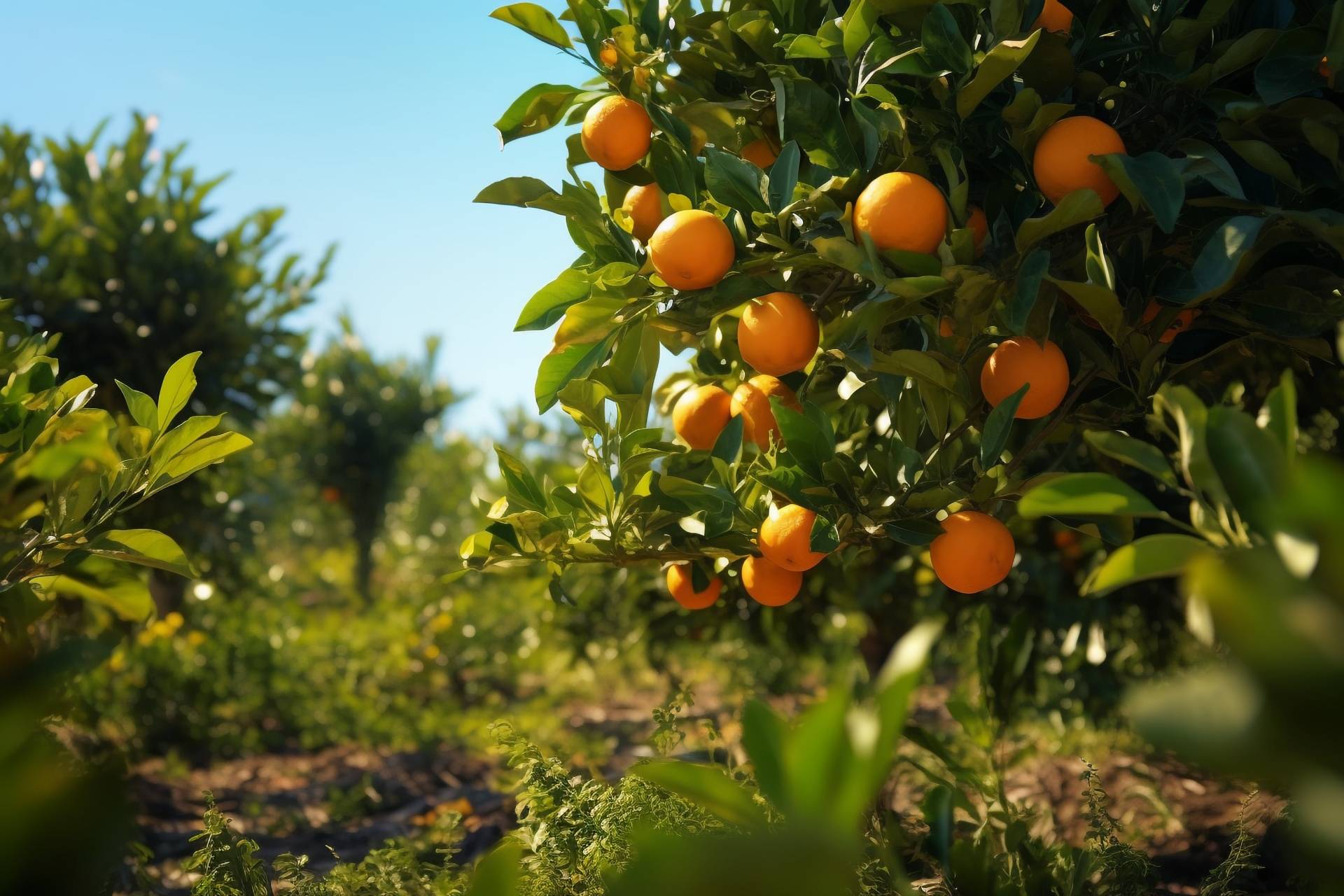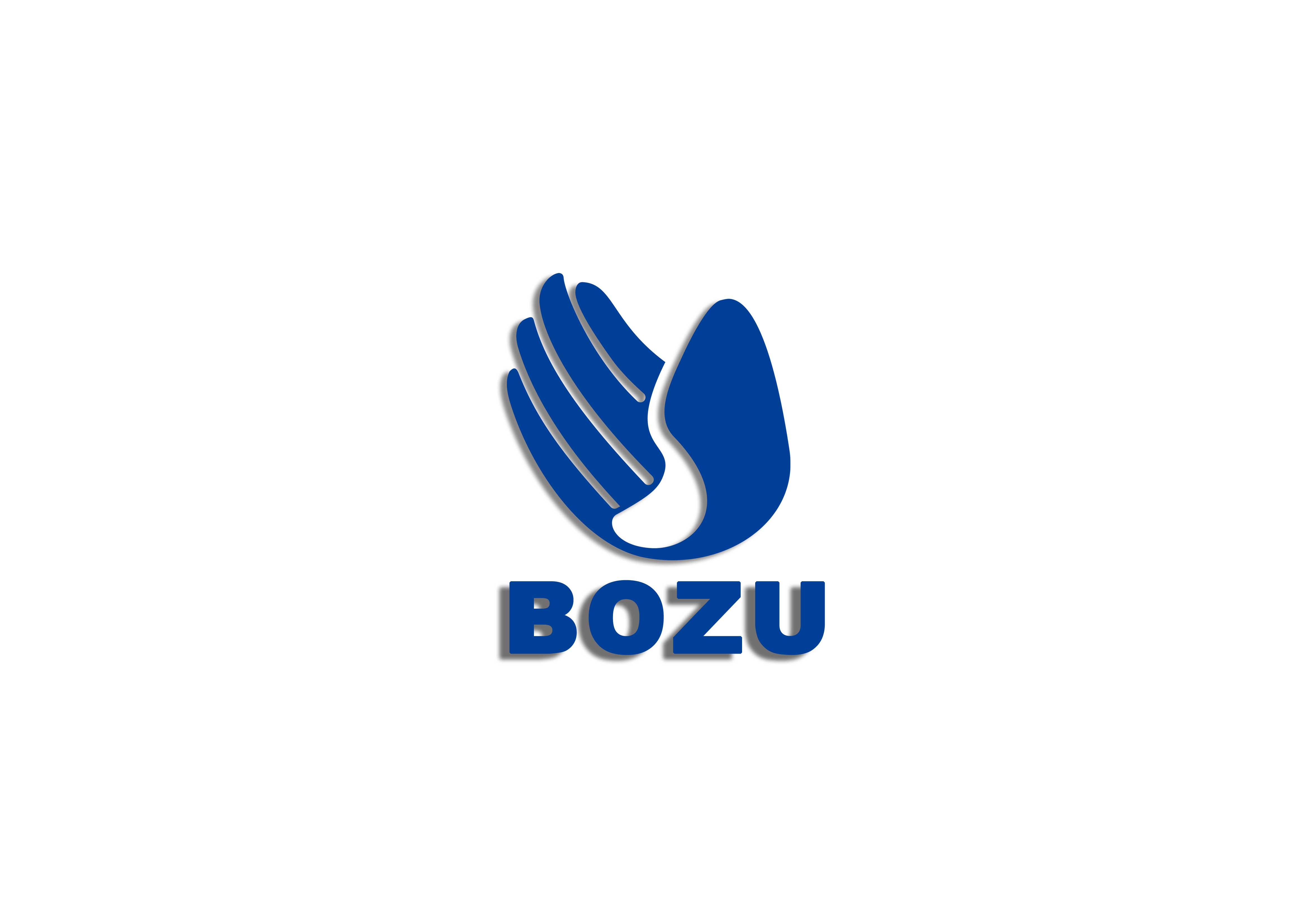
Spring: Spring is a crucial period for fruit trees, with budding, leafing, and flowering. This period encompasses the energy needed for all of a tree's vital activities and the growth of all its parts. A high nutrient supply is crucial for the tree's subsequent healthy growth and development.
Summer: Summer is a crucial period for promoting flower bud differentiation, increasing yield and fruit appearance quality, so topdressing in summer is essential.
Autumn: Autumn is a crucial period for fruit trees to store nutrients, and fertilizing during this period plays a crucial transitional role.
Flowering: The flowering period is the first physiological cycle after fruit trees emerge from dormancy. Management during this period involves bottom fertilization to promote the development of flower buds and new shoots. The primary fertilizer used is a macronutrient-rich, water-soluble fertilizer with a high phosphorus and potassium content. Applications should be made through either a drench or broadcast application to promote nutrient recovery and flower bud differentiation. Fruit expansion: During this period, young fruits have settled and begin to expand rapidly. Base fertilization during this period should primarily include a balanced macronutrient water-soluble fertilizer, or one with high phosphorus and potassium content, to promote rapid fruit expansion.
Veraison: During this period, fruit expansion has ceased, the skin begins to change color and ripen, and the flesh begins to lose its acidity and turn sweet. During this period, the fruit has a high demand for amino acid-containing water-soluble fertilizers and potassium dihydrogen phosphate. Drenching with these two products can improve color change and sugar content.
Ripening: Fertilization is generally not required during the ripening period. Controlling water and fertilizer application can better promote color change and sweetness.




